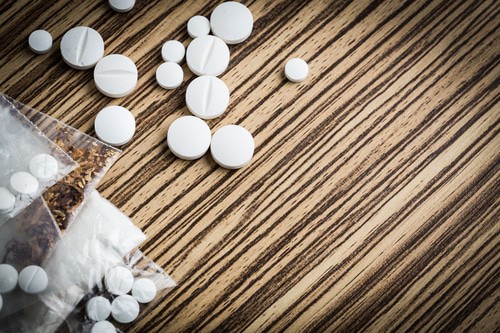All substances that affect the physical body remain in the system for a limited time. The length of their presence depends on various factors, such as the drug ingested, metabolic rate, and overall health. There are also numerous ways to detect the presence of drugs within the body. Depending on the test type, substances can be detected anywhere from one day to one year. Below you will find an approximate amount of time that drug detection is possible. Drug type, drug test method, and physical factors are all examined and taken into consideration.
According to the Food and Drug Administration, drug detection varies based on how long the person has been taking the drug, the amount of drug they use, or the person’s metabolism. Additional variables that may influence detection are age, race, body fat content, hydration, and metabolic rate. A twenty-year-old with a fast metabolism and healthy hydration habits is more likely to test negative for drugs in comparison to a fifty-year-old with a slowed metabolism who doesn’t regularly drink water.

Drugs and Their Typical Detection Timeframes
Listed below are substances from different drug classifications and their average detection window:
Marijuana– Present for 3 to 30 days depending on the frequency of use and body fat content. When marijuana is metabolized, the remaining metabolites are stored in fat. Therefore, an individual with lower body fat content is likely to pass the drug more rapidly than someone with higher body fat.
Cocaine– Present for 1 to 4 days. As a stimulant, the body breaks down the substance at a faster rate than other drugs. Of course, this depends on the quantity ingested.
Methamphetamine– Present for 3 to 5 days. Similar to cocaine, methamphetamine is also a stimulant, however, meth remains present in the body for a longer period of time. According to the National Institute on Drug Abuse, this is a result of methamphetamine having a longer duration of action, and producing more dopamine in the brain, resulting in a larger percentage of the drug remaining in the body.
Heroin– Present for 2 to 7 days. As an opioid, heroin is lipophilic, which means it is easily dissolvable. During the metabolic process, the substance goes through stages in preparation to be dissolved so it can eventually be passed from the body through urine. Due to this, levels of hydration impact the longevity of heroin being present within the system.
Alcohol– Present for 12 to 24 hours. As a liquid, alcohol is the fastest metabolized substance. The body begins metabolizing this substance almost immediately, passing it from the stomach to the liver and, finally, to the kidneys where it is then excreted through the urinary tract.

Drug Tests
The possibility of drug detection also depends on the type of drug test administered. Below are the most common tests and their typical detection timeframes.
Urine Test– This is the most common drug test. When drugs are metabolized, the kidneys generate a concentration of urine that contains elevated levels of drug metabolites which are then identified during a urine screening. The possibility of detection depends on the type of drug used as well as frequency of use.
Hair Test– Hair tests can detect substance use anywhere from a day to a whole year. After recent use, drug metabolites appear in the hair follicles, and remain trapped in follicle as hair grows, providing a substance use timeline.
Blood Test -Compared to other drug tests, blood tests have a relatively short detection window, beginning just minutes after ingestion and lasting for up to three days after ingestion. According to the National Institutes on Health, blood tests within the addiction and recovery community is rare as it requires vein can be very difficult among injection drug users.
Saliva Test – Similar to blood tests, saliva tests also have a short detection window, typically detecting drugs in the system for 24-48 hours. According to the National Institutes on Health, oral samples are not easily tampered with in comparison to urine samples, and can be collected with minimal invasion of privacy which is why these tests are often preferential to those administering the test.
Asheville Recovery Center Can Help
If you feel that you or a loved one is struggling with substance abuse, our specialists are on standby and ready to help. The founders of Asheville Recovery Center, as well as many of our addiction therapists, have struggled with addiction and now enjoy life in recovery. They understand the struggles of addiction and how difficult it is to overcome alone. Call (828)518-6996 and speak with an addiction expert today so you can take the first step towards a rewarding life of sobriety.







